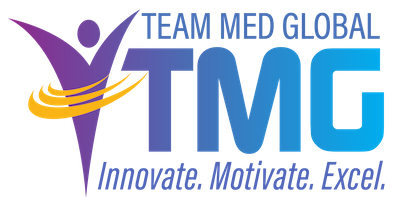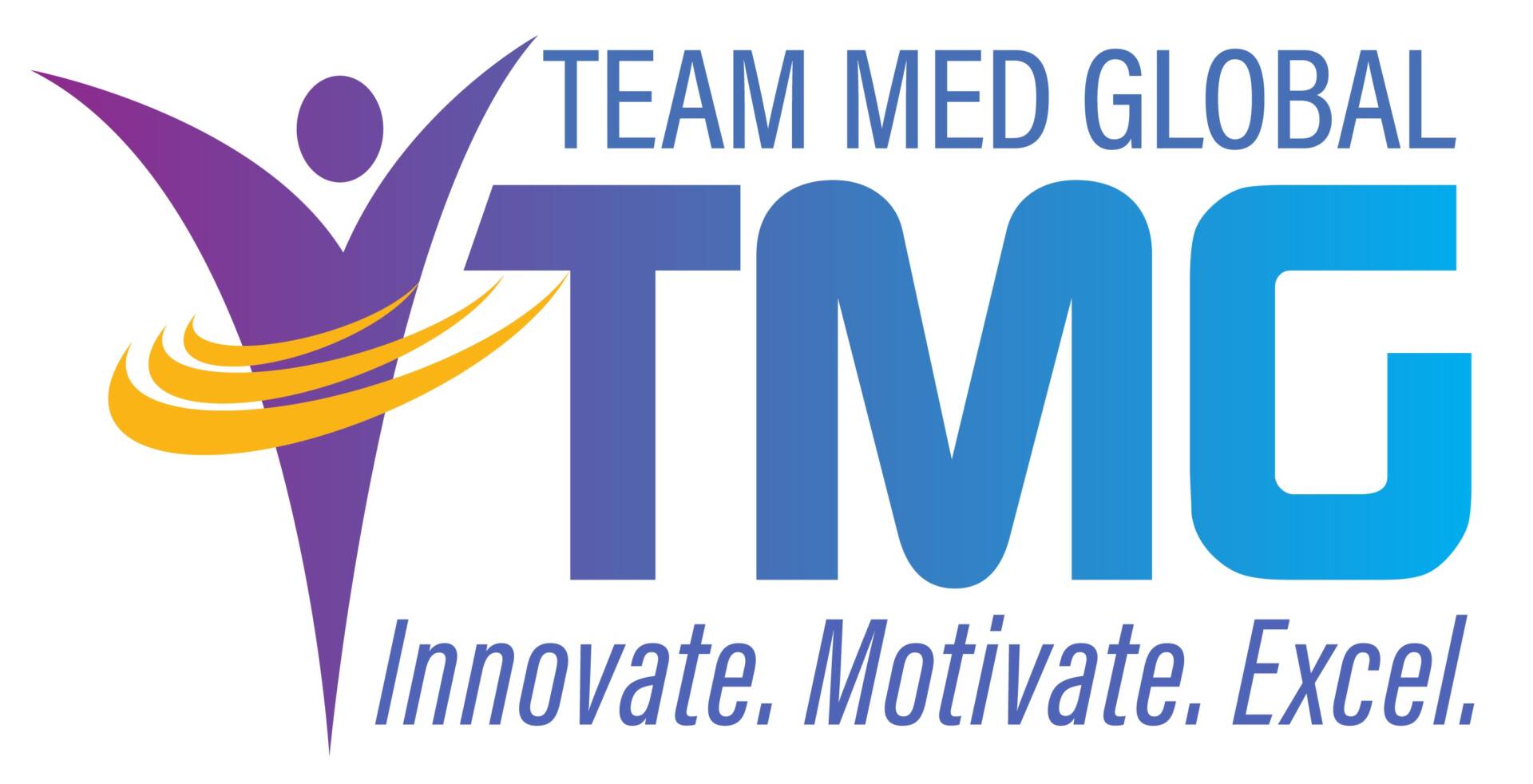 It’s a safe bet that, for virtually every position you’ve held, you’ve experienced the often-nauseating mix of anxiety and hope that accompanies the job search and interview process. Yet the way you approach that process speaks volumes about your preparation style.
It’s a safe bet that, for virtually every position you’ve held, you’ve experienced the often-nauseating mix of anxiety and hope that accompanies the job search and interview process. Yet the way you approach that process speaks volumes about your preparation style.
You may be like an ostrich, opting to stick your head in the sand in the hope that the job will magically land in your lap. You could be like a Tasmanian devil, whirling into an application-palooza and determined to succeed by sheer force of will. You might be like the beaver, methodically employing proven strategies and working your plan until you are offered the position you covet.
This is an invitation to join those who approach a job search like a beaver approaches building a dam. But instead of dragging sticks, rocks, and mud into a river, your goal is to thoughtfully craft a set of documents that tells your story. This document library is your portfolio.
Your portfolio has six components:
- Descriptions of Responsibilities: Job descriptions from your current and previous positions provides you with talking points to engage current and future employers. They also demonstrate and corroborate your career development as reflected on your resume.
- Resume: Your resume provides a timeline of employers/projects, delineating skills, education, service outside of your employed position. It’s key to setting you apart from other applicants and gets you in the door.
- Biographical Sketch: In five sentences, reveal who you are in a warm and insightful way. This gives your prospective employer a window into your culture fit within the organization and differentiates you from other candidates for the position.
- Professional Photo: A picture is worth a thousand words, so your photo should communicate confidence and professionalism. Be mindful of the background, as well as your wardrobe and accessory choices. Dress for the job you want, rather than the job you have.
- Accomplishment Report: This document separates you from the pool of applicants, tells the story of your department, and provides metrics for the delineation of projects and staff management over the previous 12 months. It should include presentations, publications, and extra activities for your organization. Simply put, it provides an objective statement of who you are and your ability to bring strategic initiatives to fruition.
- Recent Performance Profile: This is the document that produces the highest anxiety because it reveals to future employers what you accomplished and what your peers and your recent supervisors observed and suggested as areas to explore and improve. An insightful potential employer uses your review to validate impressions from their behavioral and emotional intelligence-related interview questions.
If you have the determination of the industrious beaver, you can take your job search portfolio from a forest to a dam by working on one section at a time by following these four steps:
- Decide your career path. Are you seeking to move up the career ladder? If so, critically evaluate your document library and decide what needs expanding, what needs to be removed, and what stays as-is. Tap someone outside the industry to evaluate your language and presentation and provide feedback.
- Consult your mentor. Devise your career development plan and share it with a trusted, experienced mentor. They can hold you accountable and help reframe your thinking if you become log jammed or lack vision for the project’s outcome.
- Work one document at a time. If you are lacking an accomplishment report, that may be the place to start. The accomplishment document can inform your resume and highlight project or outcome gaps. Oftentimes, skills learned from projects translate outside of your department and possibly even your industry. You may be a walking rock star and not know it.
- Take a step back. Honestly assess your portfolio to answer the following hard questions: Will this document library communicate my value and skillsets? Or Will it communicate my value proposition to a potential employer or support my negotiations for a promotion or salary increase?
If you’re contemplating changing employers or careers, or if you’re ready to seek a promotion at your current organization, then don’t succumb to the temptation to stick your head in the sand or frantically whirl in circles. Instead, calmly and determinedly assess and implement portfolio-building strategies. While it requires persistence and hard work, there’s no one more capable of telling your story than you.

